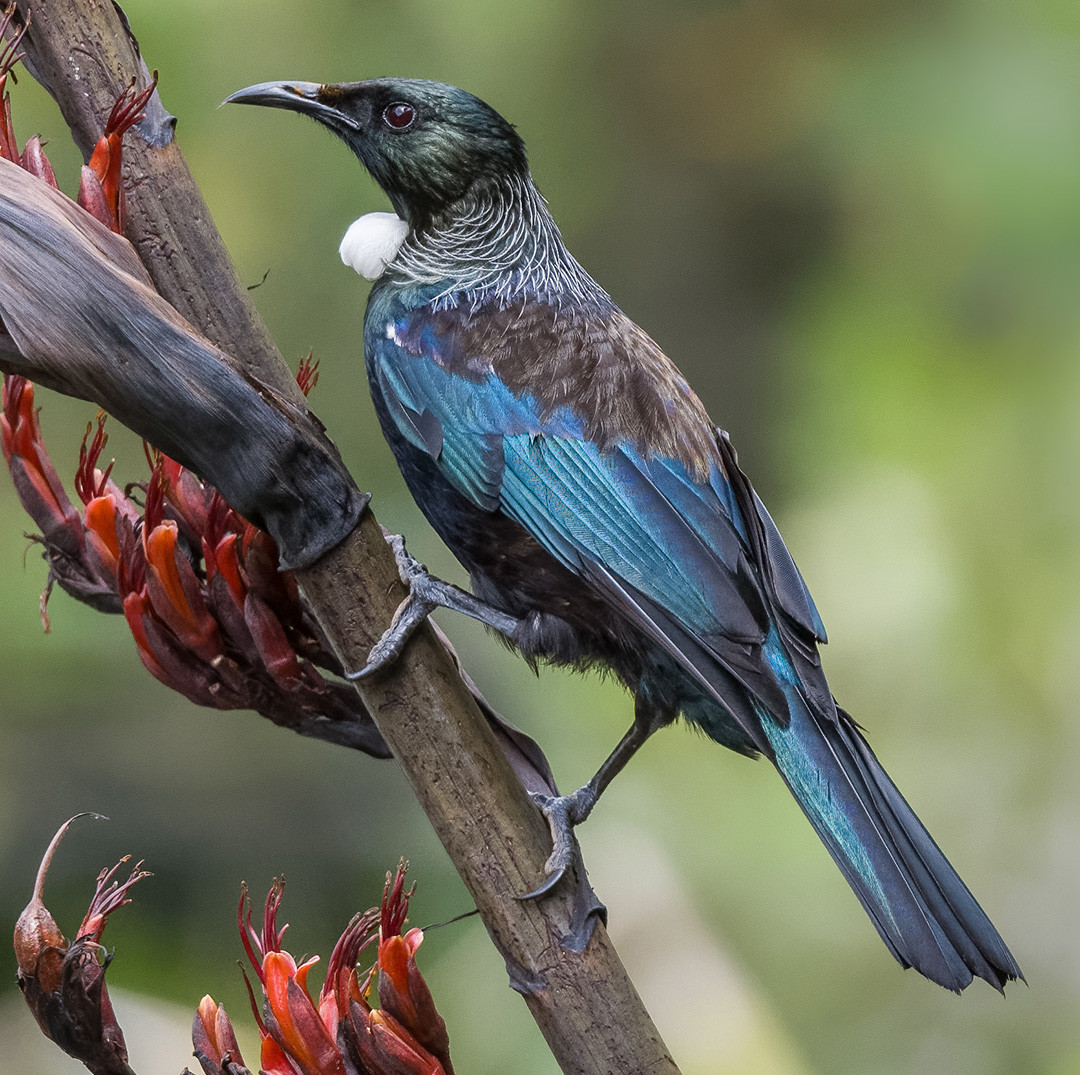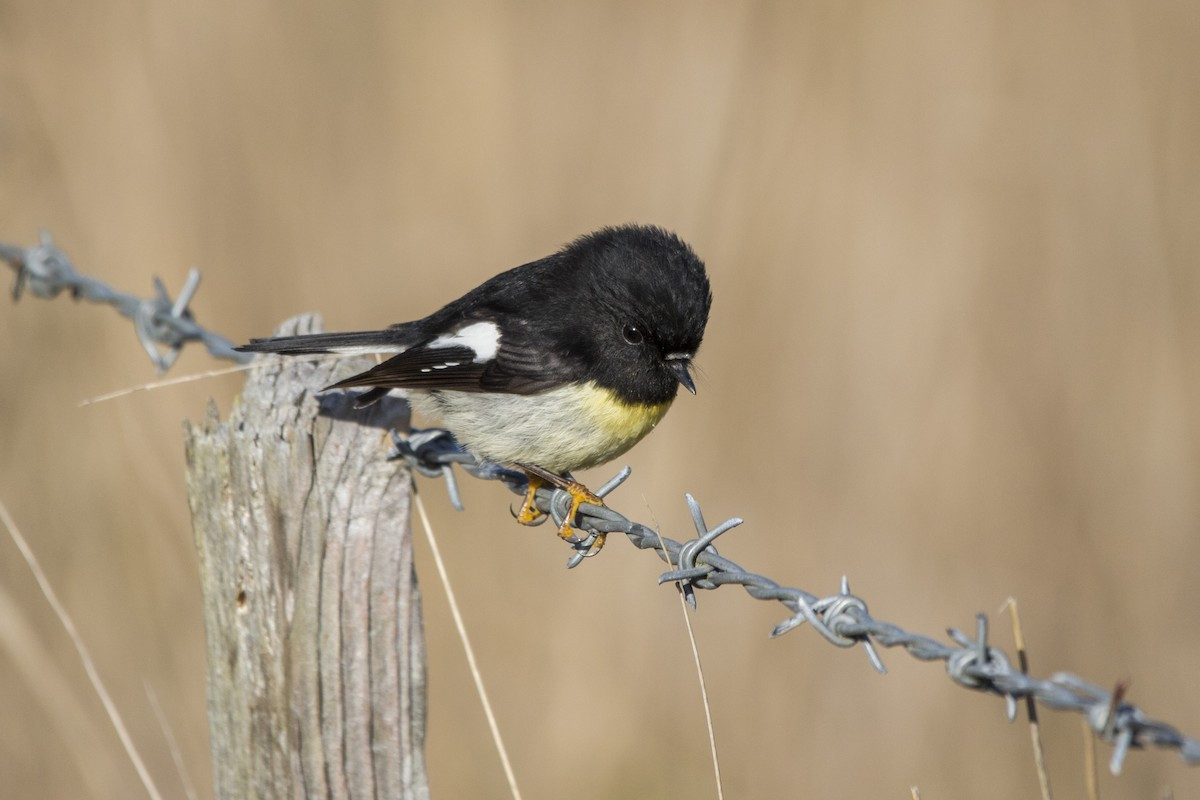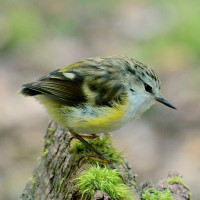Beschreibung
Whakapapa Village is the main entrance into the Tongariro National Park. The national park stretches around the massif of the three active volcanoes Mount Ruapehu, Mount Ngauruhoe, and Mount Tongariro. There are many beautiful short and longer walking tracks that begin in Whakapapa Village. The central location of the village within the national park gives spectacular views of all three volcanoes. It is a good area to spot or hear North Island Brown Kiwi. Other birds in the area include Masked Lapwing, Swamp Harrier, Rifleman, Tui, Grey Warbler, New Zealand Bellbird, Silvereye and Tomtit.
Details
Zugang
From State Highway 47 going north or south, take the clearly signposted turn-off onto State Highway 48. It is about a 4 hr 30 min drive from either Auckland or Wellington. Click on the P in the map for directions or coordinates. From Whakapapa Village you can explore several trails on foot. Temperatures at the village can be as cold as -10°C or as warm as 25°C. Frosts can occur at any time of the year. Often the overnight temperatures are below freezing in the winter months.
Terrain und Habitat
Berg , WaldBedingungen
GebirgigRundweg
NeinIst ein Spektiv nützlich?
NeinGute Beobachtungszeit
WinterBeste Beobachtungszeit
WinterRoute
Schmaler PfadSchwierigkeitsgrad der Tour
Schwierig/anstrengendErreichbarkeit
zu FußBeobachtungshütten oder -türme
NeinZusätzliche Informationen
Photo Tongariro National Park by Geoff McKay, CC BY 2.0 https://creativecommons.org/licenses/by/2.0, via Wikimedia Commons.
_(51302149472)_0.jpg)





